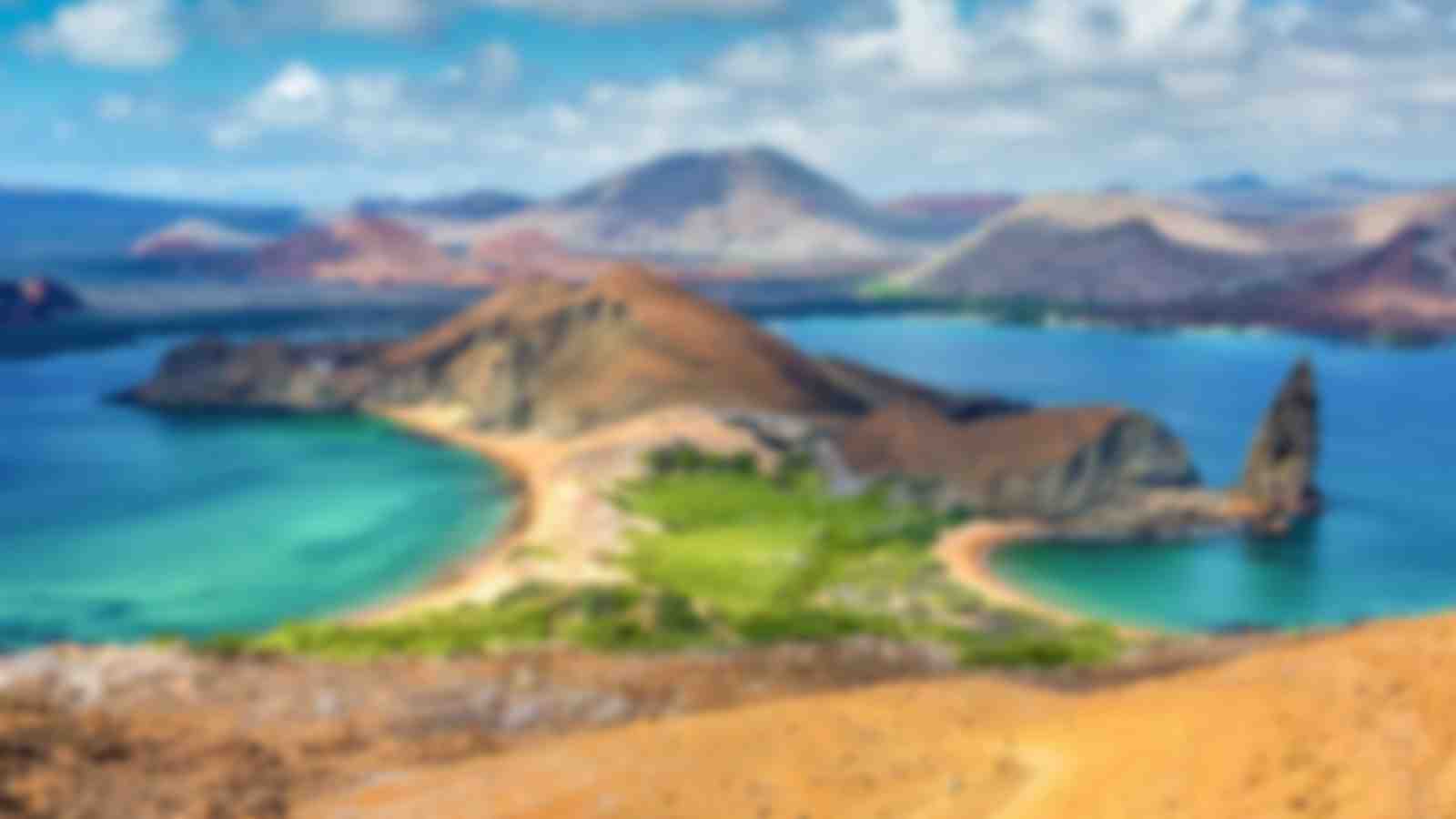
Treasure of Galapagos Itinerary
Itinerary B5 days / 4 nights
About Treasure of Galapagos
- Exceptional facilities including Jacuzzi and cabins with private balconies
- Wildlife encounters with penguins, marine iguanas, sea lions and giant tortoises
- Three itineraries cruising the most exciting areas in the Galapagos
- World-class service from a passionate crew and naturalist guide
Treasure of Galapagos sets a new standard in luxury cruising with unsurpassed five-star service and a sophisticated ambience. This catamaran is especially spacious and stable, offering smooth sailing and plenty of room to relax, even during longer passages. You’ll spend your days enjoying sumptuous creature comforts and outdoor adventure, with hiking, snorkelling, and zodiac tours on offer. And combine two or more itineraries for an unforgettable Galapagos cruising experience - safe in the knowledge that no matter how long your trip, you'll feel perfectly relaxed with plenty of personal attention.
Itinerary details
Highlights
- Witness the unparalleled biodiversity that inspired Charles Darwin
- Be informed and chaperoned by National Park Accredited guides
- Snorkel amongst rays, reef sharks and marine iguanas
- See endemic penguins, fur seals, marine iguanas and giant tortoises
- Hike the highlands of Santa Cruz to a Galapagos tortoise sanctuary
- Spot blue-footed, red-footed and Nazca boobies
- The archipelago’s largest concentration of American flamingos
- Check the mail at Floreana's Post Office Bay
Transfer details
Departure
09:30am
San Cristóbal
San Cristobal: SCY
Return
09:00am
Baltra
Baltra Airport: GPS
What's included
- Meals and snacks
- Water, tea and coffee
- Towels and toiletries
- Snorkeling gear
- Snorkeling guide
- Land excursions
- Naturalist Guide
- Taxes
What's not included
- Travel and health insurance
- National park fee - US$200 per person
- Transit control card - US$20 per person
Optional Extras
- Single supplement - 25%
- Gratuities
- Alcoholic drinks
- Soft drinks
- Domestic flights
Diving environments
Payment & cancellation terms
- 90 - 61 days prior to departure - 20% penalty fee.
- 60 days or less prior to departure - 100% penalty fee.
Group bookings - separate payment and cancellation terms may apply.
Contact the ZuBlu travel team if you have any questions about payment terms and cancellation.
80% balance - due 60 days prior to departure.
Bookings received less than 60 days before departure require payment in full to secure reservation.